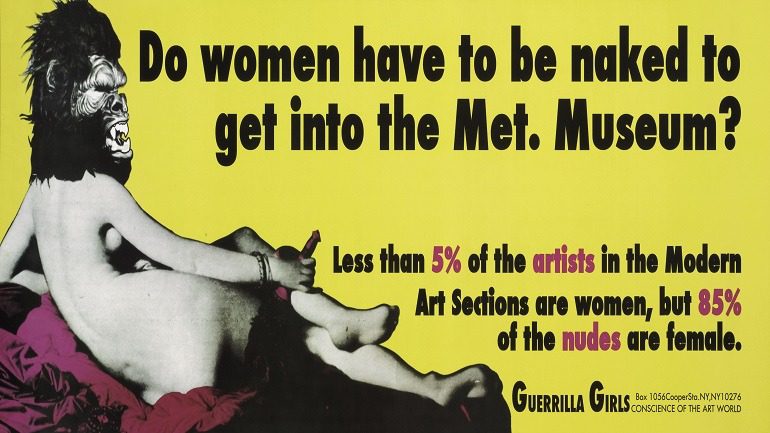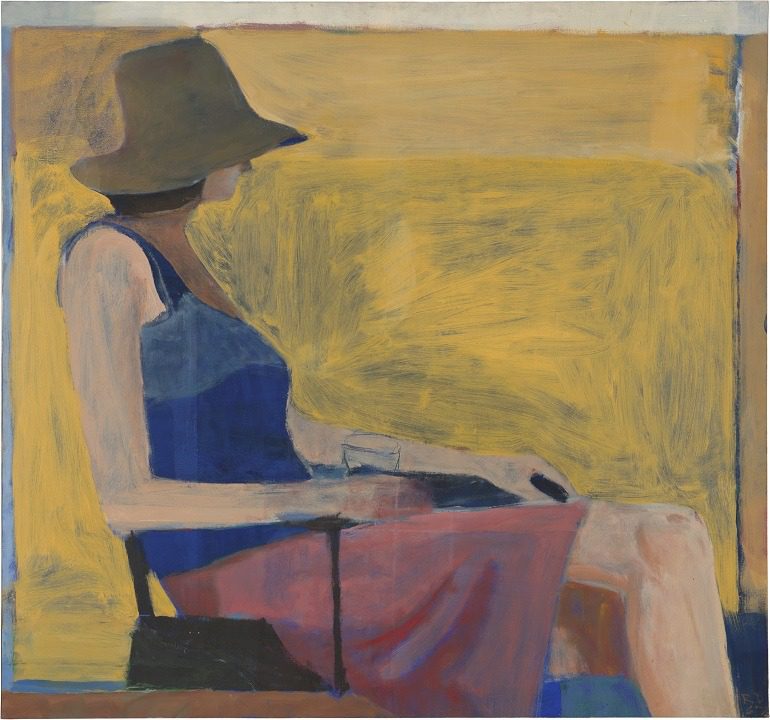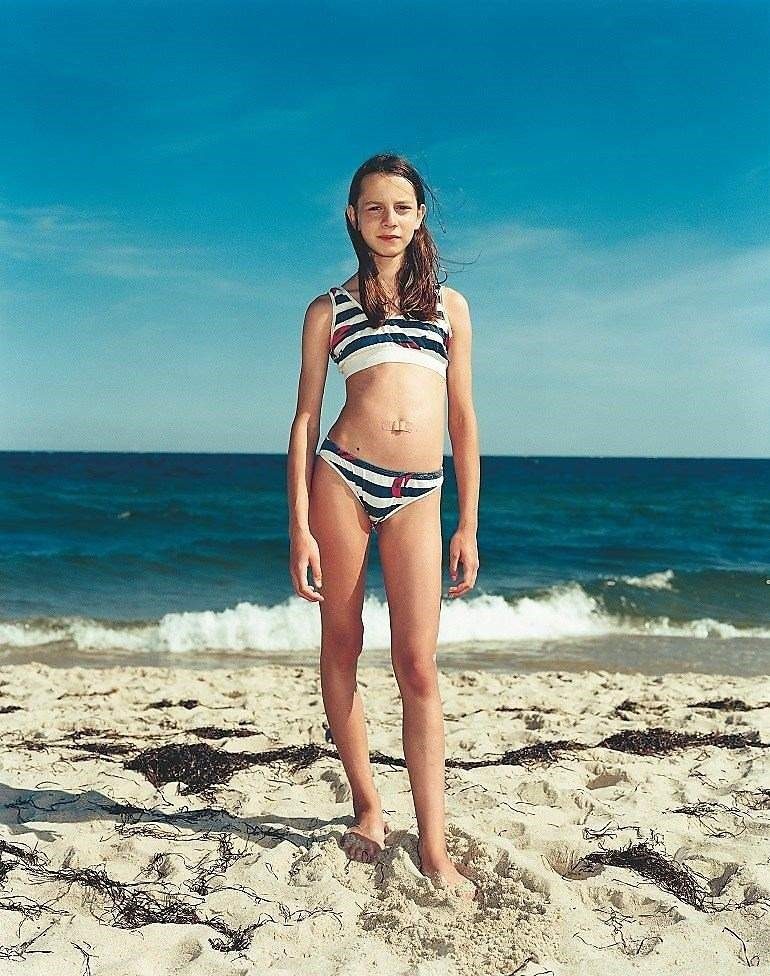ART & DESIGN
Le-dejeuner-sur-l’herbe: Les Trois Femmes Noires by Mickalene Thomas is one of the images on view in On Paper: Finding Form, one of the Fall exhibitions at the Baltimore Museum of Art. Image: The Baltimore Museum of Art. © Mickalene Thomas, courtesy the artist and Lehmann Maupin Gallery, New York
ART GUIDE: Fall season at the Baltimore Museum of Art includes exceptional exhibitions that will intrigue art lovers.
BY KAZAD

Henri Matisse, Goldfish and Palette 1915. The Museum of Modern Art, New York. ©2016 Succession H. Matisse / ARS NY
BALTIMORE, MD. — This Fall at the Baltimore Museum of Art (BMA) will be very exciting. In continuation of its tradition of presenting exceptional exhibitions during the Fall season, the museum has put together several important exhibitions and projects that will thrill art fans.
Some of the exhibitions are in conjunction with other museums, while others are based on the Baltimore Museum of Art collection. For Baltimoreans and visitors to Baltimore this Fall, the BMA is the place to be. Here are some of the exhibitions for the Fall season at the Baltimore Museum of Art.
Front Room: Guerrilla Girls. September 25, 2016 – March 12, 2017.

Guerrilla Girls, Do women have to be naked to get into the Met. Museum? Update. 2012. Image: The Baltimore Museum of Art © Guerrilla Girls
Front Room: Guerrilla Girls, is one of the major exhibitions that art lovers will enjoy this Fall at the Baltimore Museum of Art. The exhibition features a selection of 48 works by Guerrilla Girls, the New York-based anonymous feminist collective. The artworks in this show are from their Portfolio Compleat—a compilation of nearly 90 projects undertaken by the group between 1985 and 2012. Baltimore Museum of Art acquired the collection in 2015.
Gender and race are at the core of the works of the Guerrilla Girls. Therefore, Front Room underlines the importance of this New York-based group’s works at investigating and addressing ways in which museums, private collectors, publications, and the art market have historically marginalized women artists and artists of color.
Guerrilla Girls are well-known for their edgy performance and ability to use humor to confront sexism and racism in the art world. Curated by Senior Curator of Contemporary Art Kristen Hileman, Front Room: Guerrilla Girls is on view in the Front Room Gallery of the BMA’s contemporary wing.
In addition to the show, Baltimore Museum of Art will host an Election Night Party on Tuesday, November 8, 7-10 p.m. Guests will make political posters and masks. There will also be art conversations examining the intersection of art and politics. Additionally, the evening will include light refreshments and cash bar from Alma Cocina Latina and a DJ.
Queer Interiors: September 18, 2016 – August 2017.
Queer Interiors, a multimedia installation at BMA’s Patricia and Mark Joseph Education Center highlights the diversity of the Baltimore LGBTQI+ community. The installation includes a larger-than-life bed, shelving and other furnishings, personal artifacts, and a multimedia wall quilt known as the Baltimore LGBTQI+ Home Movie Quilt.
Queer Interiors is the work of Baltimore-based artists Rahne Alexander and Jaimes Mayhew. Working in conjunction with Chase Brexton Health Care’s LGBT Health Resource Center, the artists reveal the everyday experience of the LGBTQI+ communities in domestic settings. Baltimore Museum of Art is one of only two major U.S. museums to feature an installation by transgender artists. The other is the Whitney Museum of American Art. Queer Interiors is part of the BMA’s Commons Collaboration initiative, which commissions an artist and non-profit to work together on an installation and offer a series of public programs related to Imagining Home.
Black Box: John Waters’ Kiddie Flamingos, on view from September 21, 2016 – January 22, 2017
A film by John Waters’ is one the projects scheduled for this Fall at the Baltimore Museum of Art. Titled Black Box: John Waters’ Kiddie Flamingos, the film features children reading a G-rated version of the cult classic, Pink Flamingos. Described as more perverse than the original, this new version continues the “exercise in bad taste” tradition of the Pink Flamingos. The colorful wigs on the children’s head uniquely accentuate their shockingly wired behavior. Organized by Senior Curator of Contemporary Art Kristen Hileman, the film is in the Black Box Gallery in the museum’s contemporary wing.
Matisse/Diebenkorn, on view from October 23, 2016 – January 29, 2017.

Richard Diebenkorn, Seated Figure with Hat 1967. Image: National Gallery of Art. Washington, D.C. ©2016 The Richard Diebenkorn Foundation
Art History has shown that French artist Henri Matisse had great influence on many artists of his generation. One of such artists is Richard Diebenkorn. The influence Matisse had on Diebenkorn is the focus of a new exhibition this Fall at the Baltimore Museum of Art. Titled Matisse/Diebenkorn, this is the first major exhibition to explore the profound influence of Matisse on the work of American artist Richard Diebenkorn. It is a joint project between the Baltimore Museum of Art and the San Francisco Museum of Modern Art (SFMOMA).
Matisse/Diebenkorn features 92 objects, including 36 paintings and drawings by Matisse and 56 paintings and drawings by Diebenkorn. The artworks are on loan from museums and private collections in the U.S. and Europe. They reveal the lasting power of Diebenkorn’s firsthand experiences of the Matisse’s work. Moreover, they present a new view of both artists. Baltimore Museum of Art is the only East Coast venue for this show.
Shifting Views: People & Politics in Contemporary African Art, on view from December 18, 2016 — June 18, 2017.

David Goldblatt’s 1970 portrait of Margaret Mcingana who later became famous as the singer Margaret Singana. Image: Baltimore Museum of Art. © David Goldblatt
A collection of photographs, prints, and drawings by celebrated contemporary African artists is at the center of BMA’s first exhibition of contemporary art from Africa. Drawn from the museum’s collection, some of the artists whose works are in the show include David Goldblatt, Gavin Jantjes, William Kentridge, Julie Mehretu, Senam Okudzeto, Robin Rhode, and Diane Victor. While some of the works address the impact of politics on the lives of Africans, others reference their diasporic descendants.
Beyond politics, capitalism is another major theme of some of the important works in this show.Kentridge’s Industry & Idleness (1986-87), Mehretu’s Landscape Allegories (2003-04), Okudzeto’s Untitled drawings (2000-01), and Jantjes’ canonical A South African Colouring Book (1974-75) are some of the works probing capitalism in Africa and across the globe. The exhibition is curated by Shannen Hill, Associate Curator for African Arts, with Kevin Tervala, Former Curatorial Fellow in the Arts of Africa, the Americas, Asia & the Pacific Islands.
On Paper: Finding Form, on view from October 30, 2016 — April 30, 2017.

Rineke Dijkstra (Dutch, born 1959). Hel. Poland, August 12, 1998. 1998. Image: The Baltimore Museum of Art: © 2016 Rineke Dijkstra
Four rare drawings by Eva Hesse, an artist associated with the Post-Minimalists is at the center of On Paper: Finding Form. Hesse represents one of the artists of the 1960s and 70s who forced a shift in the minimalist tradition established by artists like Donald Judd and Dan Flavin. A Jewish German-born American sculptor, Hesse together with his contemporaries replaced the rigorous, industrially fabricated sculptural shapes associated with traditional Minimalist with handmade, individualized, and fluid approaches to minimal abstraction.
Organized by Senior Curator of Contemporary Art Kristen Hileman, On Paper: Finding Form celebrates one of the strengths of the BMA’s collection. Furthermore, it brings into focus the museum’s devotion to contemporary drawings that combine an interest in pure, refined geometric form with a desire to use materials expressively.
Kimono & Obi: Romantic Echoes from Japan’s Golden Age, through January 15, 2017.
Continuing from summer is Kimono & Obi: Romantic Echoes from Japan’s Golden Age. This beautifully curated exhibition has been attracting art audience and lovers of Asian culture since it opened in July. In the exhibition is an exquisite selection of late 19th-to-21st century kimono and obi. The centerpiece of the show is an early 20th-century longsleeved kimono or furisode. The yuzen-dyed, hand-embellished with gold and silver leaf, metallic pigments, and embroidery, and lined in red silk decorated with gold and silver leaf has been a major fascination for visitors to the museum. On view in the museum’s Jean and Allan Berman Textile Gallery, some of the stunning garments are on display for the very first time.
Join the art conversation: Share your thoughts and comments. Facebook– Twitter–Google+
